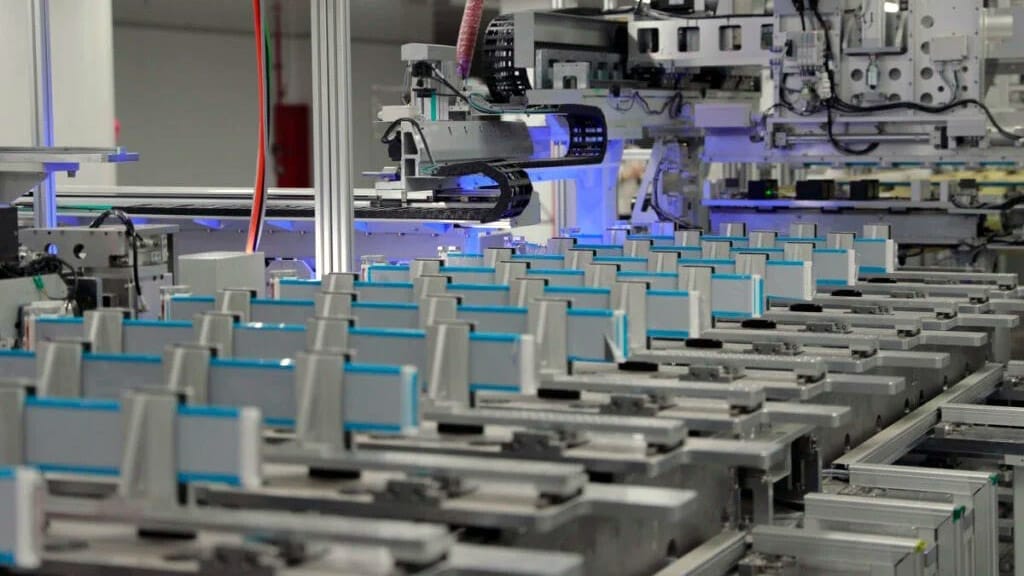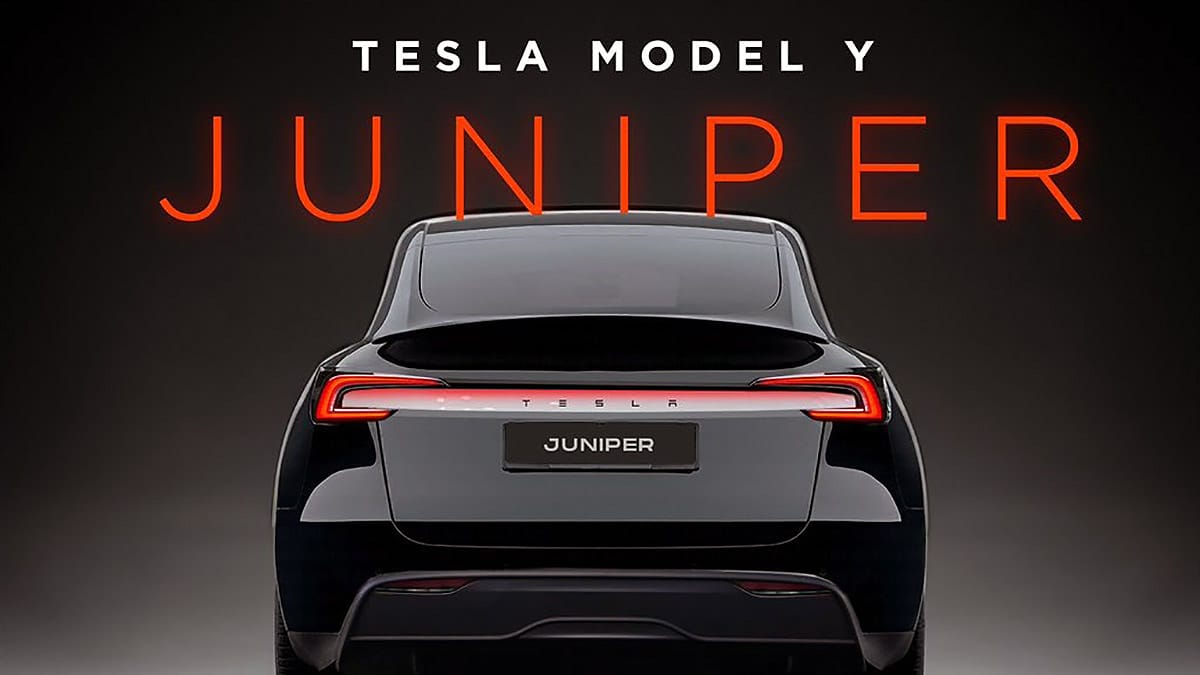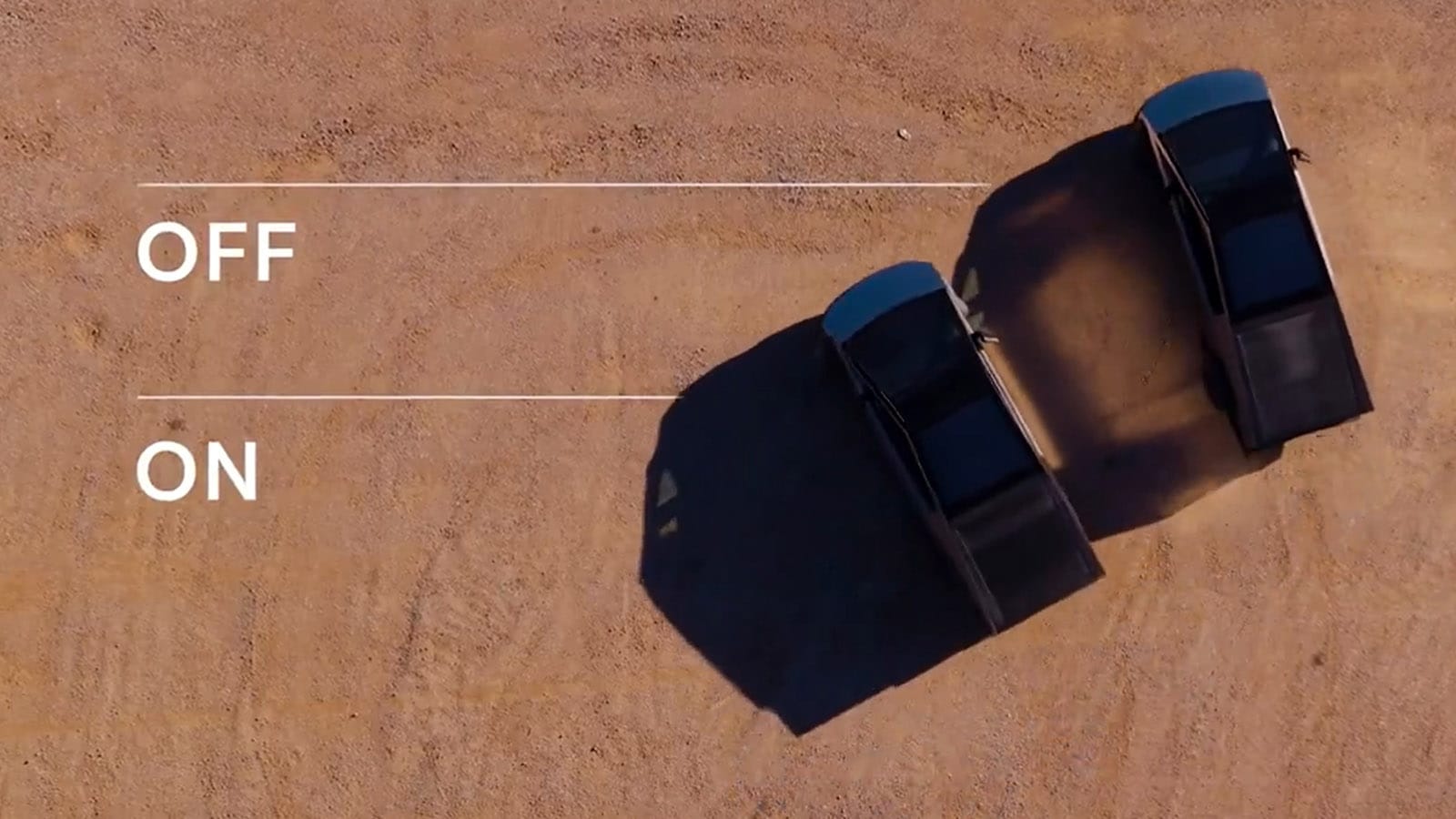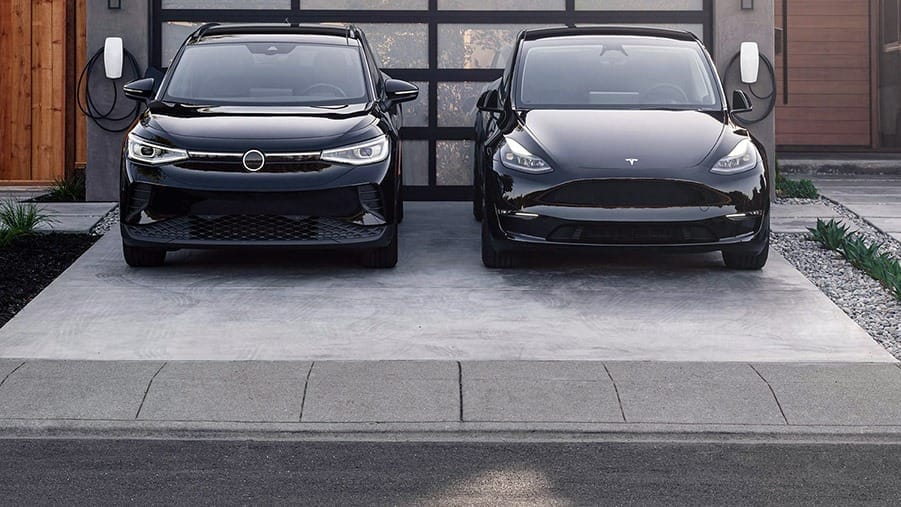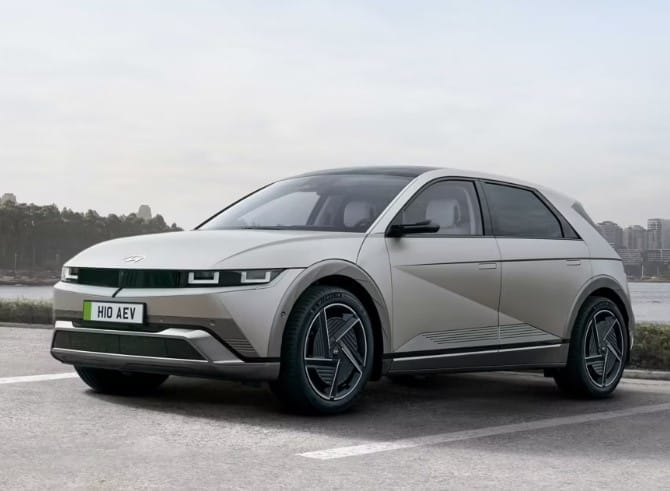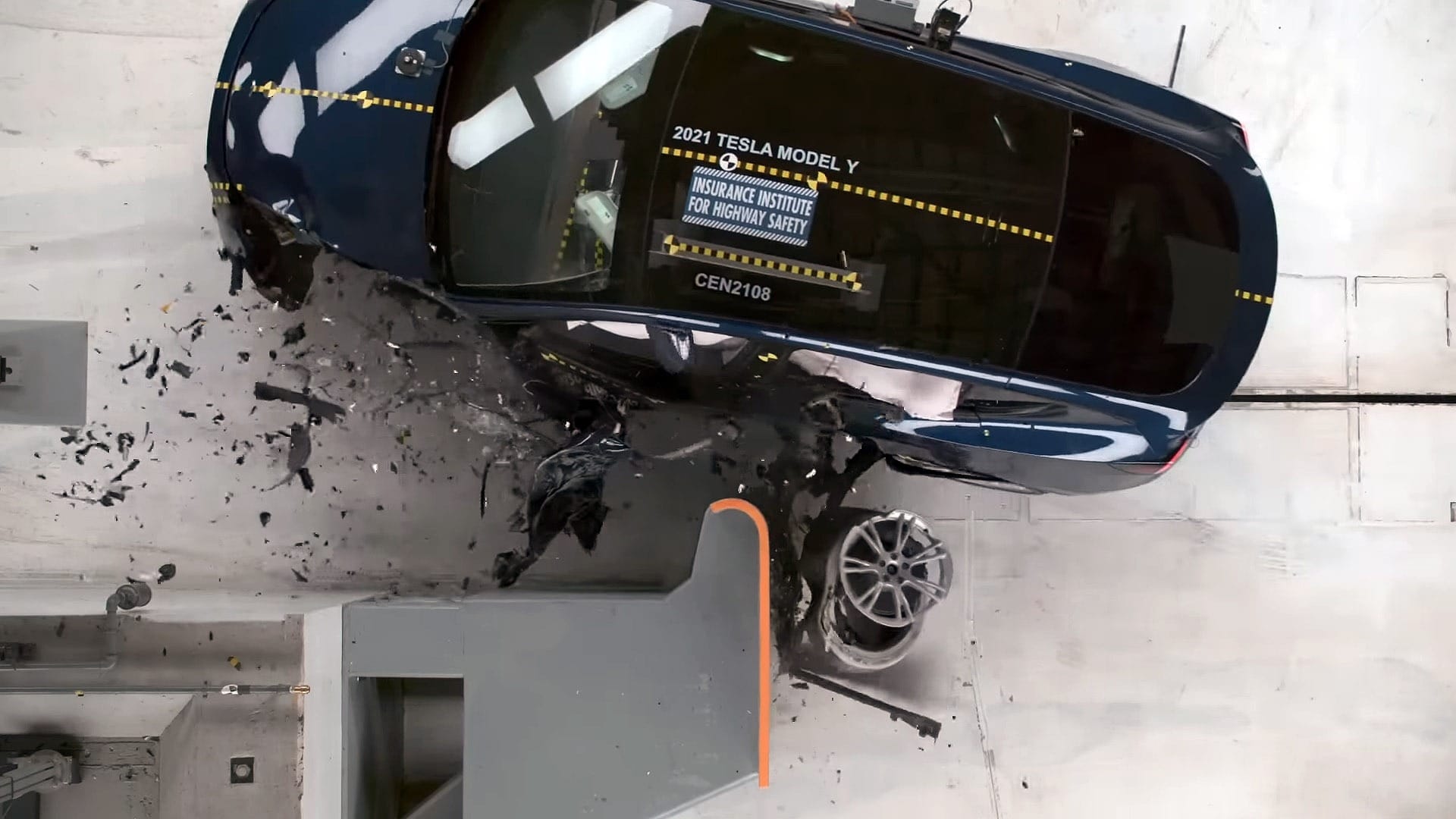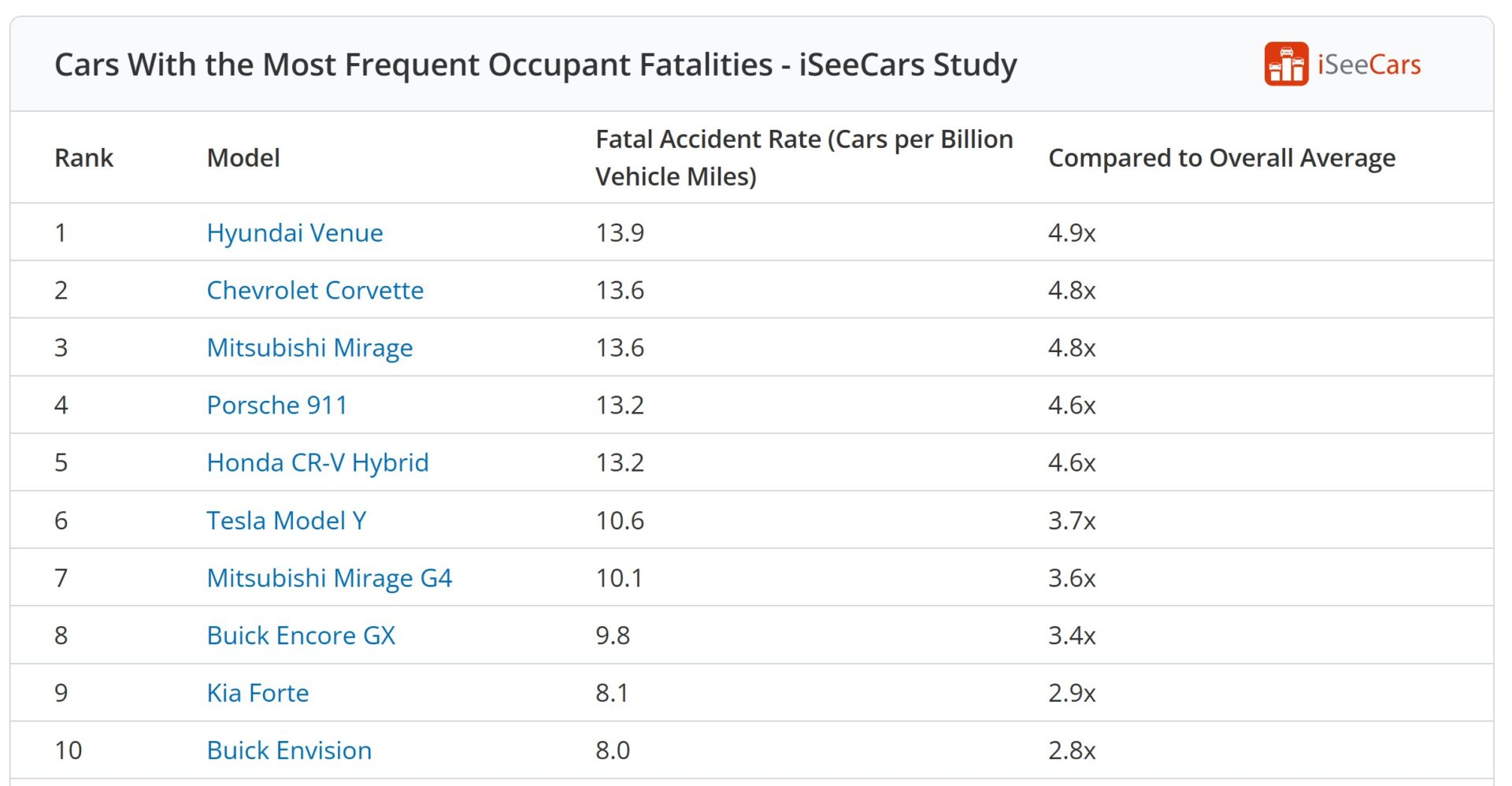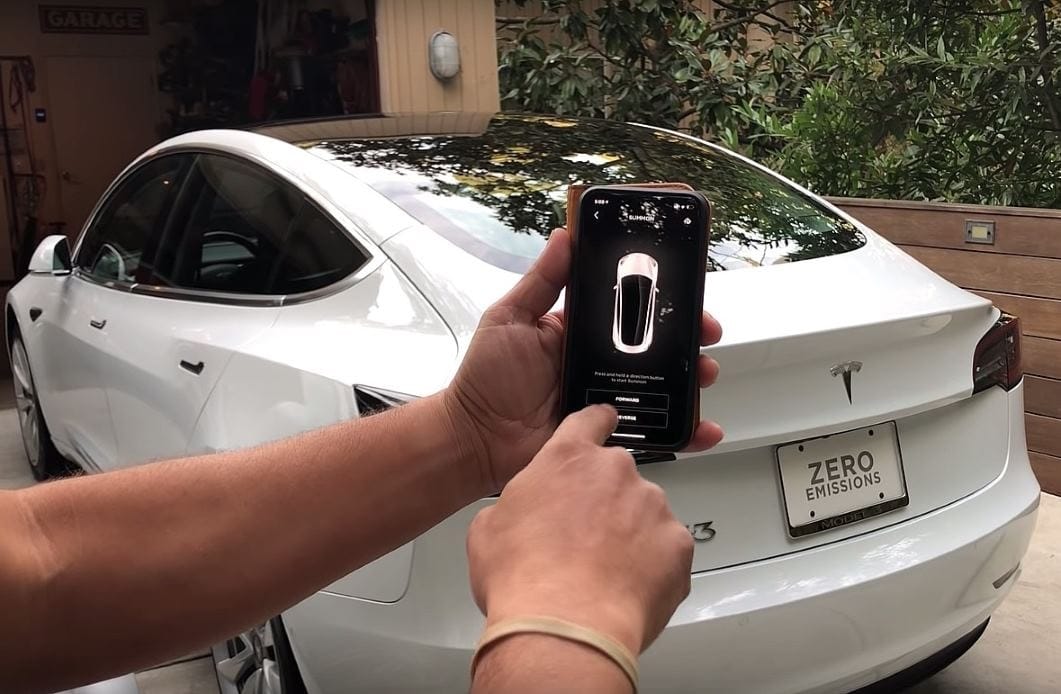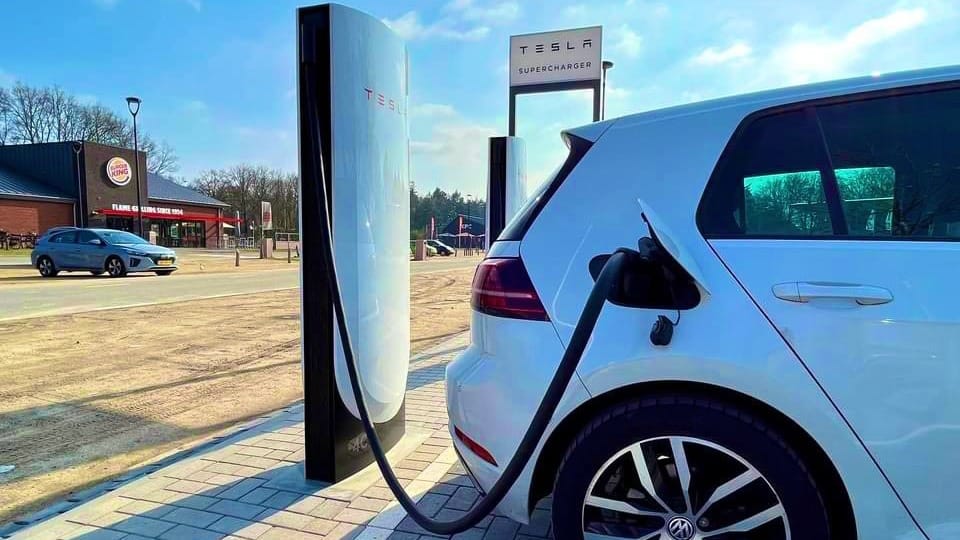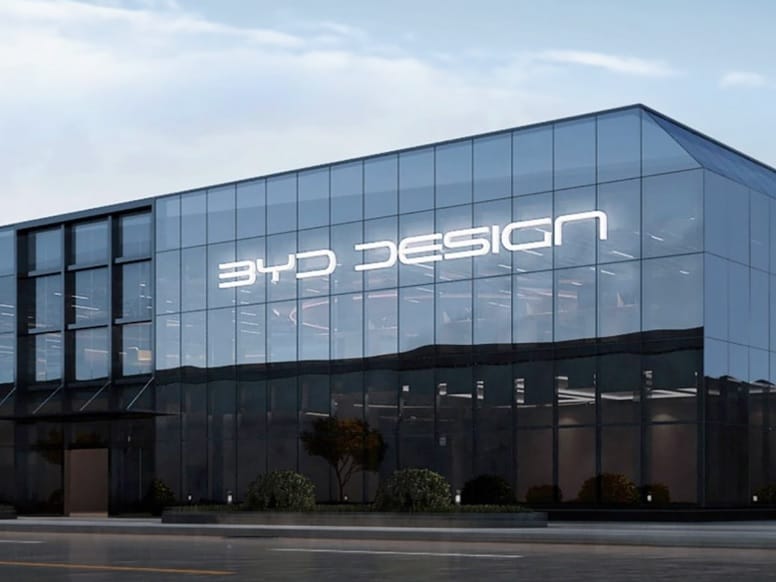The second biggest battery producer in the world, BYD, has successfully created a sodium-ion battery pack that meets all the needs of a grid-level battery energy storage system (BESS). This innovative battery offers a long cycle life and impressive energy density.
A New Era of Sodium-Ion Technology
The MC Cube-SIB ESS container, which BYD claims is the “world’s first high-performance” sodium-ion battery for grid energy storage, features the company’s unique Blade packing design, as noted by Kai Wang from BYD. The MC Cube is rated at 1200V with a capacity of 2.3 MWh, and its voltage can range from 800V to 1400V.
Comparison with Tesla’s Megapack
In contrast, Tesla’s Megapack has a capacity of 3.9 MWh, but it utilizes LFP batteries similar to those found in the Bluetti Portable Power Station, which is currently available on Amazon at a 50% discount for Black Friday.
Sodium-ion batteries are generally lower in cost because their raw materials are readily available. They also provide a longer lifespan and higher discharge rates even in cold conditions. Furthermore, sodium-ion batteries are considered safer than lithium batteries, which can face risks like piercing, exposure to high temperatures, or manufacturing flaws that might lead to dangerous thermal runaway.
Future Prospects for BYD
Even though lithium prices have significantly dropped in the last year due to a slowing EV market and increased production efficiency, BYD remains committed to its plan of constructing the world’s largest 30 GWh sodium-ion battery factory. This strategic decision will pay off when the factory becomes operational, especially with products like their high-performance Na-ion battery for grid energy storage.
It is worth mentioning that HiNa Battery already has a functioning grid-level BESS that helps balance a local utility’s renewable energy network. Nonetheless, BYD’s 2.3 MWh MC Cube boasts superior energy density and overall performance, potentially lowering electricity costs below the $0.03/kWh level of HiNa’s sodium-ion grid battery solution, making it an exciting development in energy storage technology.
Source: Link

